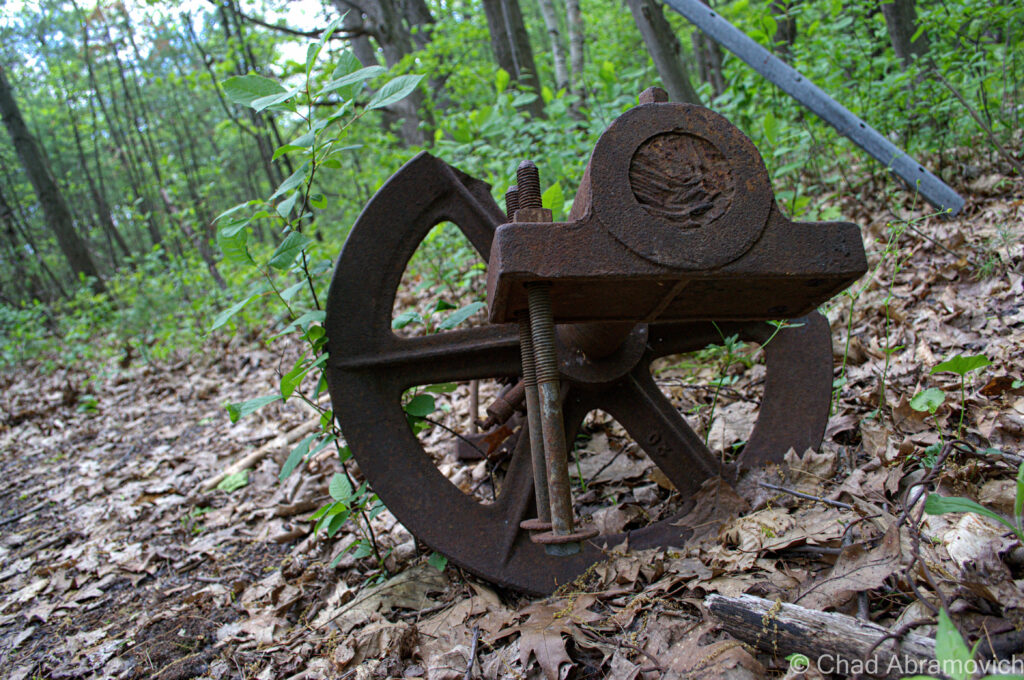It has always fascinated me how landscapes change over time and how humans drive those changes. Centennial Woods is certainly a great example of how humans changed the land around them. Prior to European settlement, the Abenaki people were living in the Burlington area (specifically near waterways like the Winooski River), and it can be inferred that they also lived/hunted in the Centennial Woods natural area. Once Europeans arrived, the landscape was changed dramatically. Many trees were cleared for farmland, and stone walls were built to keep livestock, such as sheep, in the farm boundaries. While in the lab, I observed barbed wire that was used, like the stone walls, for livestock. Today, pines and White birches are seen all around the Centennial Woods area. This is because they grow in areas where the land has been cleared, and since the woods was mostly farmland, they are some of the most abundant species in the woods. Around 1963, the South Burlington Kiwanis Ski Area opened, but unfortunately it was burned down by arsonists in 1967. The remains of the ski area can still be seen today; there are burned stumps, rusted machine gear, and a utility pole. After some time, there were growing concerns over the environment and in 1997, Centennial Woods became a protected natural area. Now, students can go into the woods for hikes and study the environment for educational purposes.

Tag: Centennial Woods. (2020, March 31). Retrieved December 05, 2020, from https://obscurevermont.com/tag/centennial-woods/
